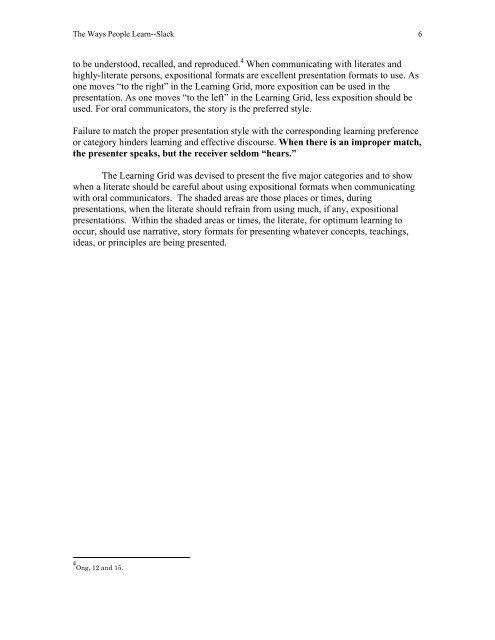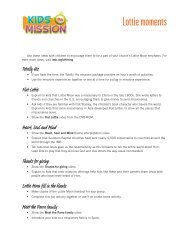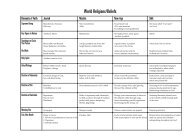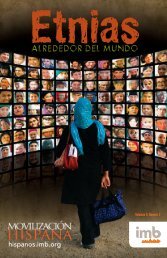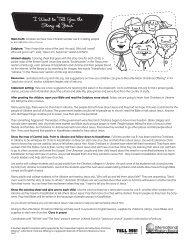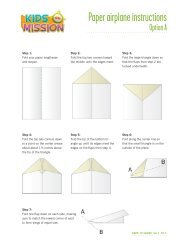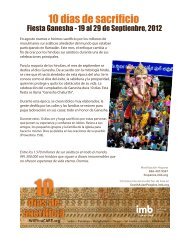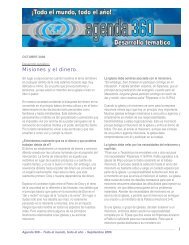THE WAYS PEOPLE LEARN By Dr. James B. Slack Exploring the ...
THE WAYS PEOPLE LEARN By Dr. James B. Slack Exploring the ...
THE WAYS PEOPLE LEARN By Dr. James B. Slack Exploring the ...
You also want an ePaper? Increase the reach of your titles
YUMPU automatically turns print PDFs into web optimized ePapers that Google loves.
The Ways People Learn--<strong>Slack</strong> 6to be understood, recalled, and reproduced. 4 When communicating with literates andhighly-literate persons, expositional formats are excellent presentation formats to use. Asone moves “to <strong>the</strong> right” in <strong>the</strong> Learning Grid, more exposition can be used in <strong>the</strong>presentation. As one moves “to <strong>the</strong> left” in <strong>the</strong> Learning Grid, less exposition should beused. For oral communicators, <strong>the</strong> story is <strong>the</strong> preferred style.Failure to match <strong>the</strong> proper presentation style with <strong>the</strong> corresponding learning preferenceor category hinders learning and effective discourse. When <strong>the</strong>re is an improper match,<strong>the</strong> presenter speaks, but <strong>the</strong> receiver seldom “hears.”The Learning Grid was devised to present <strong>the</strong> five major categories and to showwhen a literate should be careful about using expositional formats when communicatingwith oral communicators. The shaded areas are those places or times, duringpresentations, when <strong>the</strong> literate should refrain from using much, if any, expositionalpresentations. Within <strong>the</strong> shaded areas or times, <strong>the</strong> literate, for optimum learning tooccur, should use narrative, story formats for presenting whatever concepts, teachings,ideas, or principles are being presented.4 Ong, 12 and 15.


